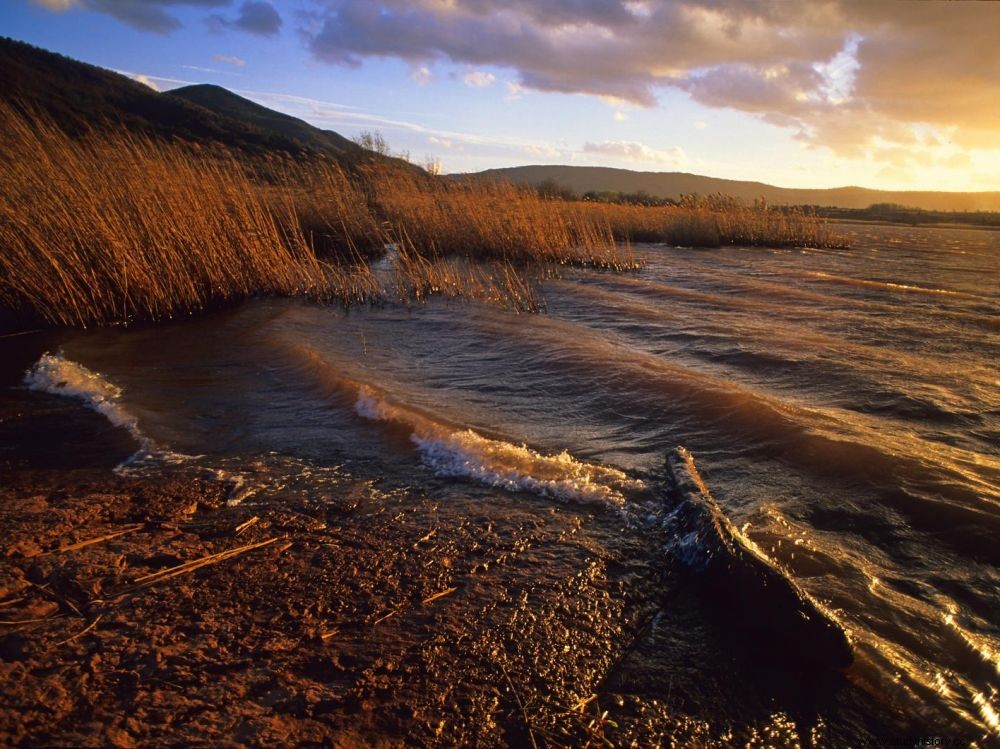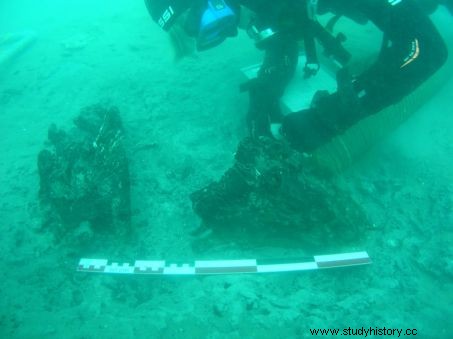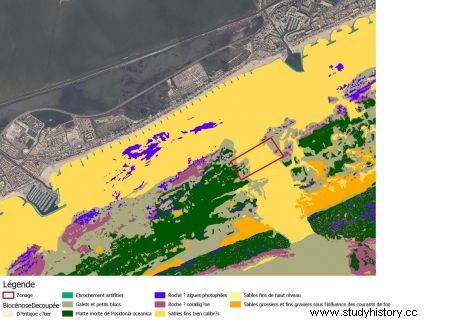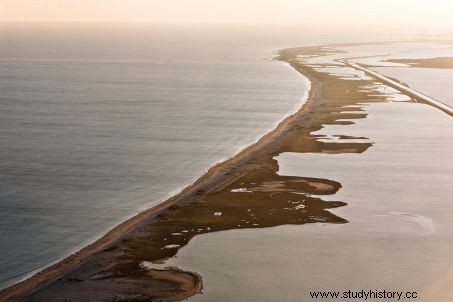Plant remains found under the waters off the Languedoc coast reveal a submerged landscape dating from 8,000 years ago.

Landscape of the Hérault coast, where plant remains found under the sea, testify to the presence of a forest 8000 years ago.
One kilometer from the current coastline, between Palavas-les-Flots and Carnon (Hérault), remains of trees were fortuitously spotted under the sea, relics of a time when the sea level was 10 meters lower than today. Drowned woody remains, witnesses of the presence of an ancient forest... "It is not a question of trunks rolled by the swell, nor elements of wrecks, but indeed tree stumps with their systems root “, explains Jean-Yves Jouvenel, of the Archaeological Research Group of the Languedoc Coast (GRALL), one of the experts involved in these discoveries. Plant remains that have been studied following field campaigns carried out in 2018 and 2019 under the aegis of Marie-Pierre Jézégou, of the Department of Underwater and Underwater Archaeological Research (DRASSM), in Marseille (Bouches-du -Rhône), by members of the Geosciences laboratory of the University of Montpellier II, of ISEM, Institute of Evolutionary Sciences, or even of UMR 5140 of the CNRS "Archaeology of Mediterranean Societies".
Carbon-14 dating carried out on these ligneous elements yielded ages of more than 6000 years BC. AD, obtained from two independent laboratories, one located in the United States and the other in Poland. Plants that a xylological study has identified as deciduous oaks. To date, only two other examples of drowned forests are known in the world. In Mobile, off the east coast of Alabama (USA), revealed by Hurricane Katrina (in 2005) and dated at 50,000 years; and Wales, unearthed by a storm, in 2014.
 Remains of 8,000-year-old tree trunks with their root systems, discovered off the coast of the Herault. ©GRALL
Remains of 8,000-year-old tree trunks with their root systems, discovered off the coast of the Herault. ©GRALL
"These exceptional discoveries are direct indicators of the position of the paleo-littoral as it was before the rise in sea level, during the Holocene, the geological period of the last 10,000 years, adds Jean-Yves Jouvenel. They constitute a proven marking of the location of the coastline of the time ”. These finds enriched previous ones, just as singular, also made off Palavas-les-Flots. So a “alignment of stones dating from Roman times, reported as early as 1984 ". The researchers then established that these limestone blocks, arranged over approximately 120m in length, could be linked to a shipwreck. It was not until 2018, when returning to the scene to carry out underwater excavations, that the plant remains were seen about a hundred meters from the ancient shipwreck, and its blocks colonized by barnacles, small crustaceans from the outcropping waters.
 Underwater site location map materialized by a red rectangle. ©DREAL Occitanie
Underwater site location map materialized by a red rectangle. ©DREAL Occitanie
"We found that the archaeological remains were located on the edge of one of the sunken valleys of 300 to 400m in extension which cut a rocky plateau 2 to 3 kilometers off La Grande-Motte-Frontignan", adds Jean-Yves Jouvenel. "More precisely on the edge of an old lagoon, as shown by the analysis of clay samples taken during core drilling ”.
 Herault landscape. Aerial view of the Etang de Thau and the Mediterranean Sea between Sète and Agde. ©Biosphoto/Laurent Rebelle/AFP
Herault landscape. Aerial view of the Etang de Thau and the Mediterranean Sea between Sète and Agde. ©Biosphoto/Laurent Rebelle/AFP
This lagoon system was located between the coastal strip of the time and the mainland, like the ponds encountered today in Languedoc, in Thau or in Leucate-Barcarès. “A kind of Occitan Doggerland*! », smiles Jean-Yves Jouvenel, evoking the emerged expanse. These studies have also clarified another mystery. That of ceramic shards collected by the sea by walkers in recent years, in connection with the so-called cardial culture. From the name of the patterns that were printed on it using the shell Cardium edule . These fragments of pottery rolled by the sea must have belonged to ancient populations, who lived near this now submerged forest.
*Doggerland:name given in the 1990s by archaeologist Bryony Coles, of the University of Exeter (United Kingdom) to the Dogger Banks, a fishing ground in the North Sea, which extended from Amsterdam to Scotland, and south to Norway. This ancient vast expanse of submerged land had begun to sink under water shortly after 6500 BC.
